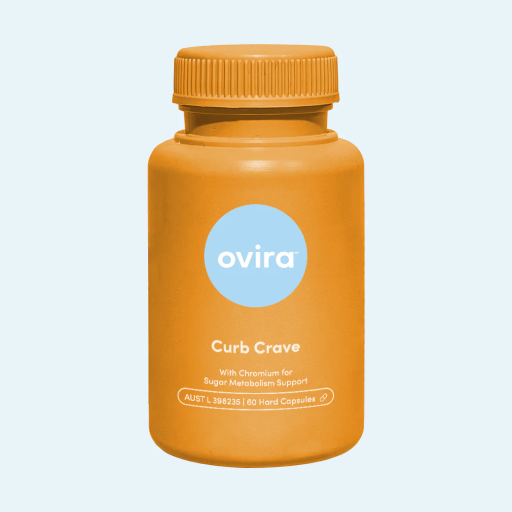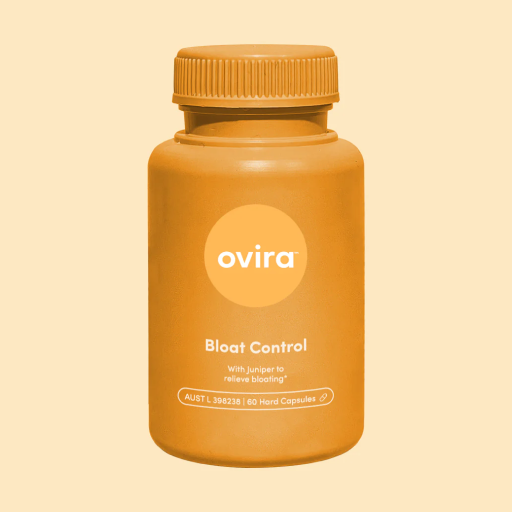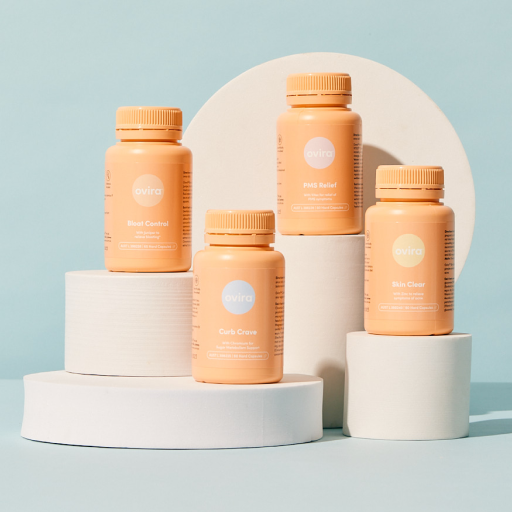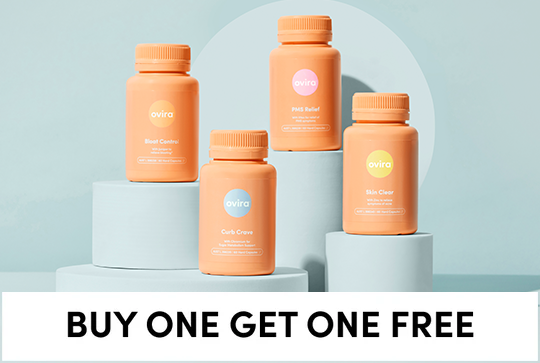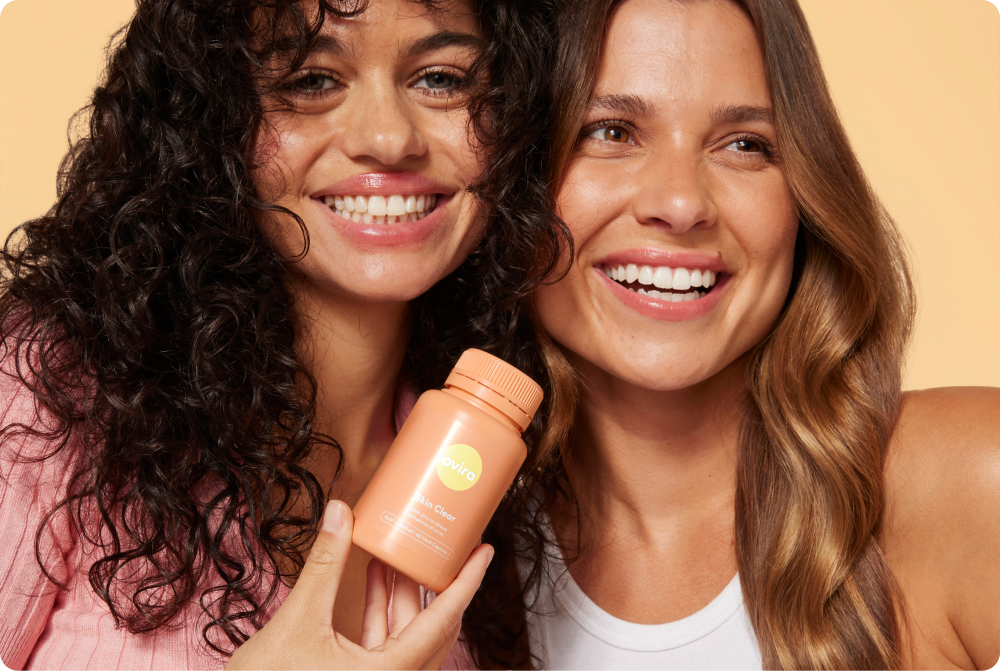Best Foods That Help With Period Cramps
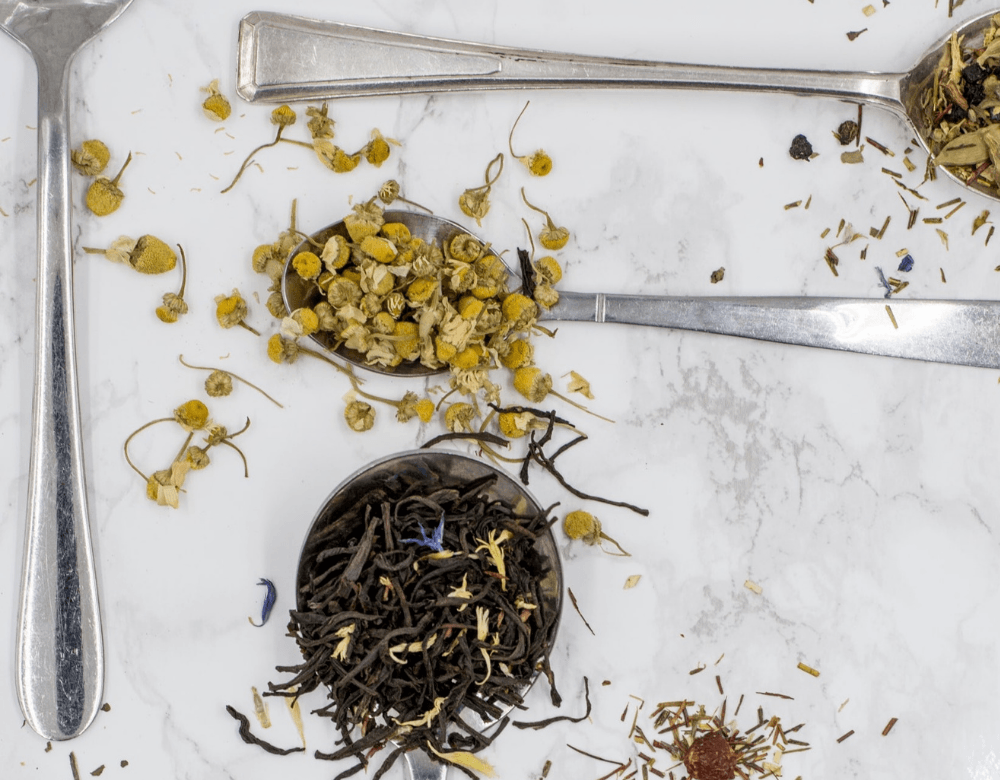
Period cramps are no fun. For some people, the cramps are mild. For others, it is completely debilitating. Period cramps are caused by the release of prostaglandins - hormone-like chemicals which cause the uterine muscles to contract, resulting in cramps and pain. Pain caused by prostaglandins is most common one to two days before your period and can continue for the first few days. Pain that is burning, stabbing or shooting or forces you to rearrange your day to spend it at home watching tv should be evaluated by a health professional, and could be a sign of endometriosis.
5 Foods That Help With Period Cramps:
1. Oysters
Oysters are packed with zinc, which happens to be a mineral that helps improve uterine blood flow and reduce prostaglandin levels, not to mention helping your skin glow! Oysters are a top source of zinc, but if they're not your cup of tea, you can increase your zinc intake with regular consumption of beef, lamb and nuts and seeds instead.
2. Dark Chocolate
Dark chocolate and cocoa in general is rich in magnesium, a mineral that helps to relax the uterine muscles and reduces the production of prostaglandins. Look for a chocolate with a cocoa content of 75 per cent or higher, or try adding cocoa powder into your morning smoothie.
3. Leafy Greens
Leafy greens are another great source of magnesium. Aim for 2-3 handfuls of these plants each day to help bump up your magnesium intake.
4. Salmon
Salmon and other oily fish like sardines and mackerel contain omega 3 fatty acids. This type of fat is essential to human health because we can't make it ourselves. These fats play a critical role in reducing inflammation and period pain. Aim for oily fish 2-3 times a week to gain the benefits.
5. Turmeric
Turmeric is a bright orange root packed with antioxidants and anti-inflammatory benefits. Regular consumption of turmeric can reduce prostaglandin production and therefore reduce the severity of period pain. Try adding turmeric into a vegetable curry or try a turmeric latte made with your favourite plant milk.
2 Drinks That Help With Period Cramps
1. Chamomile
A warm cup of chamomile is a classic relaxation remedy. Not only does it help us to feel mentally calm, but it also has antispasmodic properties, which means it helps to reduce cramping in the gut. Intestinal cramps pre-period are caused by the same prostaglandins causing the uterine cramps, and can leave you feeling really bloated and uncomfortable. Try a long infusion of a high-quality chamomile tea next time you are feeling crampy.
2. Ginger Tea
Ginger is another natural anti-inflammatory plant that can help reduce pain and cramping with your period. Regular consumption of ginger has even been shown to reduce heavy periods. Try drinking ginger tea regularly and adding ginger to soups, stews and stir-fries whenever you can.
2 Foods to Avoid During Period Cramps:
1. Fried Foods
Fried foods and foods high in processed plant oils like canola or soybean oil are known as pro-inflammatory foods. Not only are they high in omega-6 fats, which when consumed excessively compared with omega 3 fats, increases inflammation, but fried foods also contain trans fats which contribute to inflammation too. It is best to limit these foods if you suffer from period cramps.
2. Beans and Lentils
Beans and lentils contain a wonderful set of nutrients and fibre, and normally I would encourage the consumption of these foods, but for some people, beans and lentils will worsen period cramps and pain. The reason for this is that beans and lentils contain a type of fibre that is prone to fermenting and creating a lot of gas, when you couple this with a gut already affected by prostaglandins, you can end up with a lot more cramping and pain. Save your hummus and lentil curry for the week after your period just to be safe!



Hormonal health and period health is greatly impacted by how you take care of yourself and feed yourself. Try the food and drink tips above, ideally for two to three cycles to see how these foods can impact your symptoms. If you experience painful periods, have endometriosis or fibroids, speak to your doctor or natural health professional for further support. Don’t forget that pain isn't a symptom of polycystic ovarian syndrome (PCOS)! Although it is often mistakenly associated with PCOS. To learn more about what PCOS actually is and explore the ins and outs, check out the PCOS Awareness blog here.
